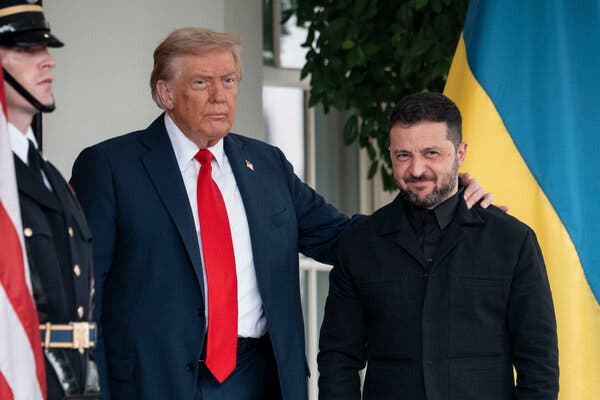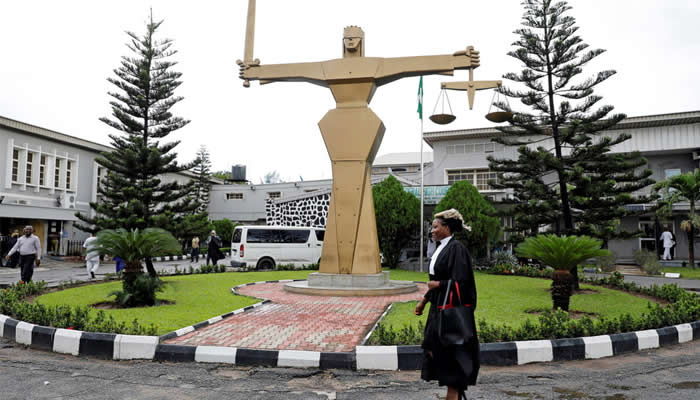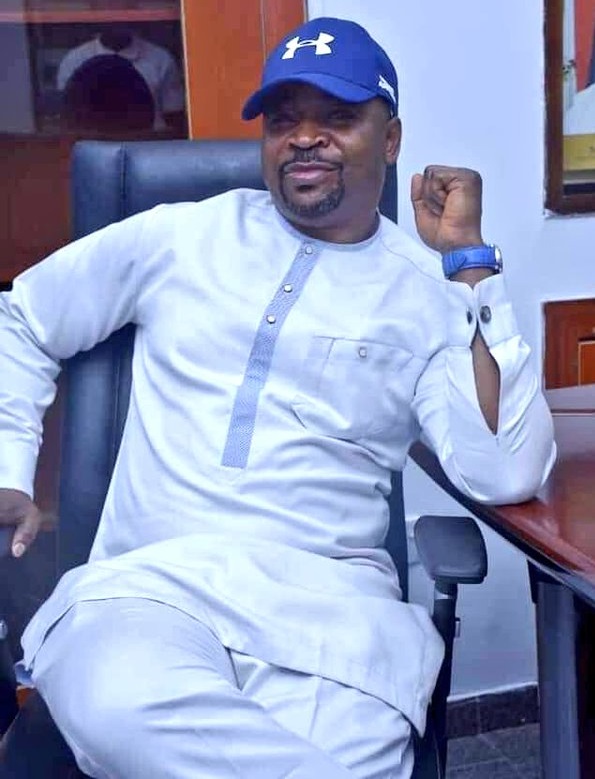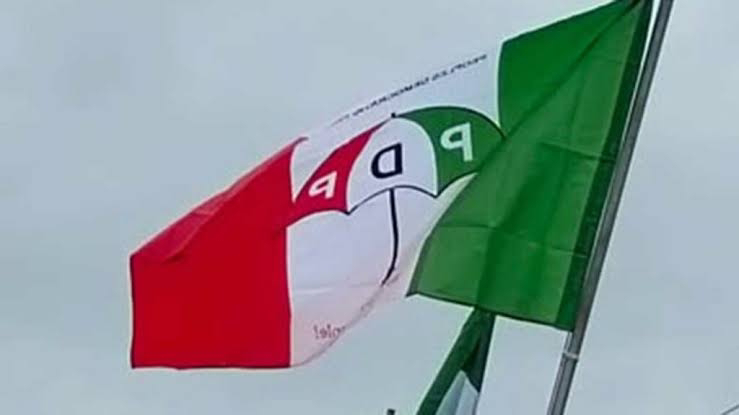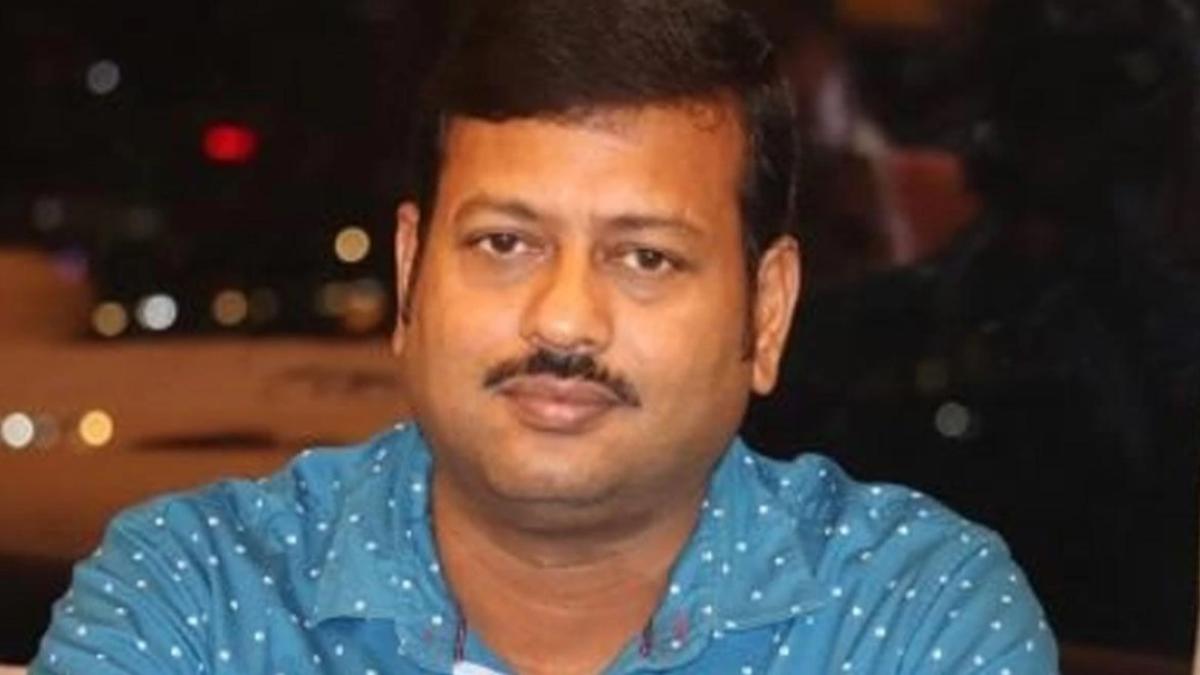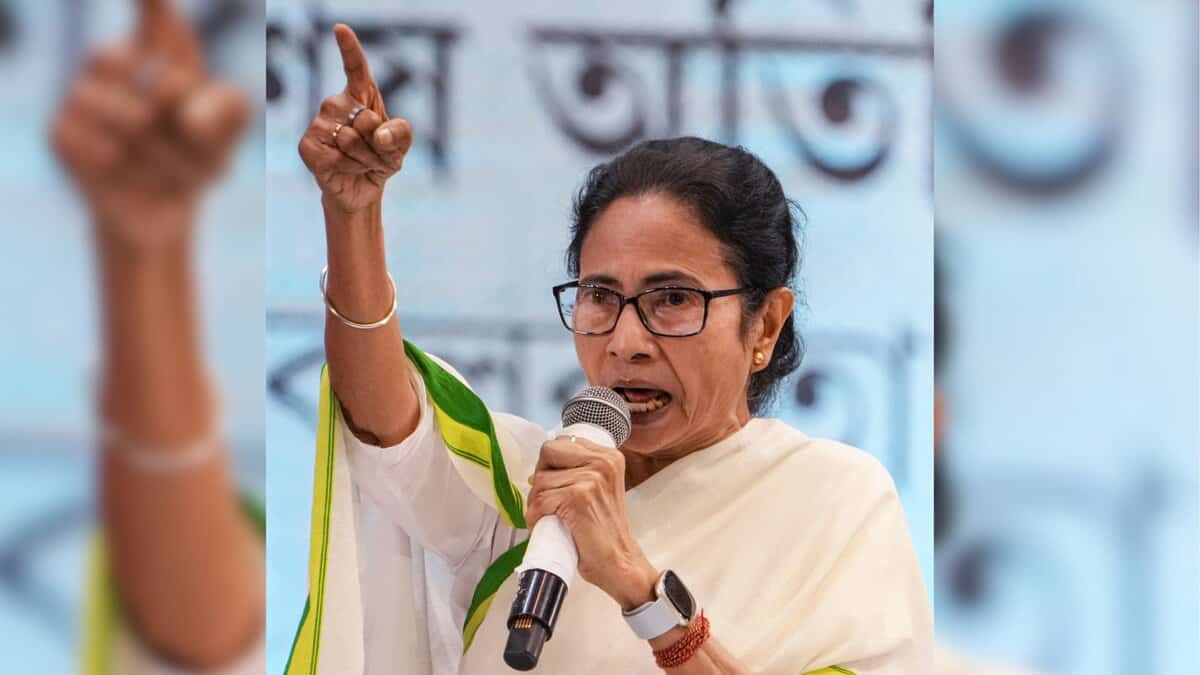KYIV, Ukraine – August 25, 2025 – On Sunday, August 24, 2025, US President Donald Trump joined a chorus of world leaders in sending heartfelt messages of support to Ukraine as the nation commemorated its 34th Independence Day, a poignant milestone overshadowed by Russia’s ongoing invasion and stalled peace negotiations. In a letter shared by Ukrainian President Volodymyr Zelensky on the social platform X, Trump praised the resilience of the Ukrainian people, emphasizing the United States’ unwavering belief in Ukraine’s future as an independent nation.
“The people of Ukraine have an unbreakable spirit, and your country’s courage inspires many,” Trump wrote. “As you mark this important day, know the United States respects your fight, honors your sacrifices, and believes in your future as an independent nation.” He called for an end to the “senseless killing” and reaffirmed US support for a negotiated settlement to achieve lasting peace while safeguarding Ukraine’s sovereignty. Zelensky responded with gratitude, asserting that Ukraine would remain steadfast, stating, “Ukraine has not yet fully won, but it will certainly not lose.” The Independence Day celebrations were marked by messages from global leaders, including Chinese President Xi Jinping, Britain’s King Charles, Pope Leo XIV, and Canadian Prime Minister Mark Carney, who made his first official visit to Kyiv, pledging “unwavering” support. Despite these diplomatic gestures, heavy bombardment continued, with Russian claims of a Ukrainian drone strike near the Kursk Nuclear Power Plant, though radiation levels remained stable. This comprehensive report provides an exhaustive analysis of the Independence Day messages, the historical and geopolitical context of Ukraine’s conflict, the diplomatic efforts for peace, the socioeconomic and global implications, stakeholder reactions, challenges, opportunities, and policy recommendations for supporting Ukraine’s resilience and sovereignty.
A Global Show of Solidarity on Ukraine’s 34th Independence Day
Ukraine’s 34th Independence Day, marking its declaration of independence from the Soviet Union on August 24, 1991, was a moment of profound significance in 2025, as the nation continues to endure Russia’s full-scale invasion, launched on February 24, 2022. The celebrations, held in Kyiv and across the country, were a blend of resilience, defiance, and hope, despite the ongoing war that has claimed tens of thousands of lives and displaced millions. The outpouring of support from world leaders underscored Ukraine’s central role in global geopolitics, with messages reflecting both solidarity and a call for peace.
US President Donald Trump’s letter, shared by President Volodymyr Zelensky on X, was a focal point of the celebrations. “The people of Ukraine have an unbreakable spirit, and your country’s courage inspires many,” Trump wrote. “As you mark this important day, know the United States respects your fight, honors your sacrifices, and believes in your future as an independent nation.” The letter highlighted the US commitment to supporting Ukraine through military aid, humanitarian assistance, and diplomatic efforts to resolve the conflict. Trump’s call for an end to the “senseless killing” and his support for a negotiated settlement reflected his administration’s focus on diplomacy since taking office in January 2025. “The United States supports a negotiated settlement that leads to a durable, lasting peace that ends the bloodshed and safeguards Ukraine’s sovereignty and dignity,” he added, emphasizing a balanced approach to ending the war while upholding Ukraine’s territorial integrity.
Zelensky, addressing the nation in Kyiv’s Sophia Square, expressed gratitude for Trump’s message and reaffirmed Ukraine’s resolve. “Dear @POTUS, thank you for your heartfelt congratulations on Ukraine’s Independence Day,” he posted on X. “We appreciate your kind words for the Ukrainian people, and we thank the United States for standing shoulder to shoulder with Ukraine in defending what is most valuable: independence, freedom, and guaranteed peace.” In his national address, Zelensky struck a defiant tone, stating, “Ukraine has not yet fully won, but it will certainly not lose. Ukraine is stronger, has self-respect, and will never again be forced into compromises that bring shame. Our future will be decided by us alone.” His words resonated with Ukrainians, who have endured over three years of war, marked by significant losses but also remarkable resilience, from defending Kyiv in 2022 to reclaiming territories in Kharkiv and Kherson.
The global response extended beyond the United States. Chinese President Xi Jinping sent a message emphasizing mutual respect and bilateral dialogue, reflecting China’s neutral stance but interest in stabilizing global markets affected by the war. Britain’s King Charles, in a letter described by Zelensky as “inspirational,” expressed “greatest and deepest admiration” for Ukraine’s courage, calling for a “just and lasting peace.” Pope Leo XIV offered prayers for Ukraine’s endurance, urging the international community to support humanitarian efforts. Canadian Prime Minister Mark Carney, on his first official visit to Kyiv, pledged “unwavering” support, announcing a $500 million aid package during a meeting with Zelensky. “Canada stands with Ukraine every step of the way in your fight to defend your sovereignty,” Carney said, reinforcing Canada’s role as a key ally. These messages, delivered amid ongoing hostilities, underscored the international community’s recognition of Ukraine’s struggle and its broader implications for global security.
Historical Context: Ukraine’s Struggle for Independence and the War with Russia
Ukraine’s journey to independence began with its declaration on August 24, 1991, following the dissolution of the Soviet Union. The nation’s history, however, has been marked by challenges, including economic struggles, political instability, and tensions with Russia, which viewed Ukraine as part of its sphere of influence. The 2014 annexation of Crimea by Russia and the subsequent war in Donbas set the stage for the full-scale invasion in 2022, which has become one of the most significant conflicts in Europe since World War II.
The 2022 invasion, launched under the pretext of “denazification” and protecting Russian-speaking populations, has resulted in catastrophic consequences. The United Nations estimates over 10,000 civilian deaths and 20,000 injuries by mid-2025, with 3.7 million internally displaced persons and 6.5 million refugees (UNHCR). The war has destroyed infrastructure worth $150 billion, including schools, hospitals, and energy facilities, according to the Kyiv School of Economics. Ukraine’s GDP contracted by 30% in 2022, though recovery efforts have led to a projected 3% growth in 2025 (World Bank).
The conflict has also had global repercussions. Ukraine, known as the “breadbasket of Europe,” produces 10% of global wheat and 15% of corn (FAO). Disruptions to its agricultural exports, particularly through the Black Sea, have exacerbated food insecurity in countries like Nigeria, where food inflation reached 22.74% in 2025 (NBS). Russia’s reduction of gas exports to Europe by 40% in 2024 (IEA) has driven energy prices up, contributing to a global inflation rate of 6.5% (IMF, 2025). The war has heightened tensions between NATO and Russia, with fears of escalation impacting global security.
The Ongoing War: Military Developments and Nuclear Concerns
Despite the diplomatic gestures on Independence Day, the war showed no signs of abating. On August 23, Russia launched 72 drones and a ballistic missile toward Ukraine, with 60 intercepted by Ukrainian air defenses, according to the Ukrainian Air Force. The Russian Defense Ministry claimed that Ukraine conducted a drone strike near the Kursk Nuclear Power Plant, causing a fire at a transformer but leaving radiation levels stable. Ukrainian authorities have not commented, reflecting the ongoing information warfare that complicates the conflict. The incident raised concerns about nuclear safety, given the proximity to the Zaporizhzhia Nuclear Power Plant, occupied by Russian forces since 2022 and a frequent point of contention.
Ukraine’s military has shown remarkable resilience, reclaiming 20% of occupied territories since 2022, including parts of Kharkiv and Kherson, per the Institute for the Study of War. Western aid, including $50 billion from the US and €30 billion from the EU since 2022, has bolstered Ukraine’s defenses, with advanced systems like HIMARS and Patriot missiles enhancing its capabilities. However, Russia’s numerical advantage, with a military budget of $84 billion in 2025 (SIPRI), and its use of drones and hypersonic missiles continue to challenge Ukrainian forces.
The war’s humanitarian toll is staggering. Over 14 million Ukrainians require humanitarian assistance, with 40% of the population facing food insecurity (UN OCHA). The destruction of energy infrastructure has left millions without power, particularly as winter approaches. The Independence Day celebrations, held under air raid sirens in some regions, underscored the resilience of Ukrainians, who gathered in Kyiv’s streets to sing the national anthem and honor fallen soldiers.
Diplomatic Efforts and Stalled Peace Talks
President Trump’s call for a negotiated settlement reflects a broader push for diplomacy to end the war. Since taking office, Trump has prioritized dialogue, meeting Russian President Vladimir Putin in Alaska on August 15, 2025, and Ukrainian and European leaders in Washington on August 18. The Alaska meeting, described by Trump as “productive,” focused on territorial swaps, security guarantees, and demilitarized zones. However, Russian Foreign Minister Sergey Lavrov dismissed prospects for a Putin-Zelensky meeting, questioning Zelensky’s legitimacy due to the expiration of his term in May 2024, a claim Ukraine rejects, citing martial law.
Zelensky’s insistence on a “just peace” without compromising sovereignty has been a sticking point. His 10-point peace plan, presented at the G20 Summit in 2024, demands Russia’s withdrawal, reparations, and war crimes tribunals—conditions Moscow deems unacceptable. The EU, NATO, and the US support Ukraine’s position but face pressure to balance military aid with diplomatic efforts. Turkey, Qatar, and India have offered to mediate, but progress remains elusive, with Russia rejecting a ceasefire and Ukraine refusing territorial concessions.
The global diplomatic response to Ukraine’s Independence Day highlights the complexity of achieving peace. King Charles’s call for a “just and lasting peace” aligns with the UK’s $3 billion military aid commitment in 2024. Canada’s $500 million package, announced by Carney, includes drones and medical supplies. China’s Xi Jinping, while neutral, has pushed for dialogue to stabilize trade routes disrupted by the war. Pope Leo XIV’s prayers for peace reflect the Vatican’s humanitarian focus, with $10 million donated to Ukrainian refugees in 2024.
Ukraine’s Resilience: Economic, Social, and Military Dimensions
Ukraine’s resilience, as praised by Trump and other leaders, is evident across multiple dimensions. Economically, the country has sustained agricultural exports, shipping 50 million tonnes of grain via the Black Sea in 2024, despite Russian attacks on ports (Ukrainian Ministry of Agriculture). The government has implemented reforms, including digital governance through the Diia app, which serves 19 million users, facilitating aid distribution and tax payments. The economy, projected to grow by 3% in 2025 (World Bank), is supported by $15 billion in IMF loans and EU grants.
Socially, Ukrainians have shown extraordinary unity. Volunteers have provided 80% of humanitarian aid, per the UN, while cultural events, like the Independence Day concerts in Kyiv, demonstrate defiance. The education system, with 70% of schools operating hybrid models, ensures continuity despite attacks. However, mental health challenges affect 25% of the population, with PTSD rates rising (WHO).
Militarily, Ukraine’s forces have adapted to asymmetric warfare, using drones and Western-supplied weapons to counter Russia’s larger army. The reclamation of 1,200 square kilometers in Kharkiv in 2022 and 800 square kilometers in Kherson in 2023 showcases their capability. However, ammunition shortages and conscription challenges persist, with 30% of recruits lacking adequate training (Ukrainian Ministry of Defense).
Global Implications of the War
The war’s global implications are profound. The disruption of Ukraine’s grain exports has driven food prices up, exacerbating hunger in Africa, where 20 million people face starvation (WFP). Russia’s gas cuts have increased energy costs, contributing to a 6.5% global inflation rate (IMF, 2025). The conflict has reshaped alliances, with NATO expanding to include Finland and Sweden, and BRICS advocating for a multipolar world. The risk of escalation, particularly with nuclear concerns, threatens global stability.
In Nigeria, the war’s impact is evident in a 22.74% food inflation rate (NBS, 2025), driven by grain shortages. The 38.9% poverty rate and 30% out-of-school rate (UNICEF, 2023) highlight the need for global stability to support development. The war’s ripple effects underscore the urgency of a resolution, as emphasized by Trump and other leaders.
Stakeholder Reactions
The global messages elicited diverse reactions. Ukrainian analyst Olena Petrova praised Trump’s letter, stating, “It reaffirms US support at a critical time.” EU officials, including French President Emmanuel Macron, called for sustained aid, with France committing €2 billion in 2025. Russian commentators, like Dmitry Peskov, dismissed the messages as “Western propaganda,” while Lavrov reiterated Moscow’s stance against a ceasefire. Ukrainian civil society, including activist Maria Kovalenko, emphasized the need for action, stating, “Words are powerful, but we need weapons and funding to survive.”
NATO Secretary-General Jens Stoltenberg lauded Ukraine’s resilience, pledging continued support. African Union Chairperson Moussa Faki Mahamat called for peace to stabilize food supplies, while UN Secretary-General António Guterres urged humanitarian access. In the US, bipartisan support for Ukraine remained strong, with Senator Lindsey Graham stating, “Trump’s leadership is vital for peace.”
Challenges and Opportunities
Challenges:
Stalled Peace Talks: Russia’s refusal to agree to a ceasefire and Ukraine’s insistence on full sovereignty hinder progress.
Ongoing Hostilities: Continued Russian attacks, like the Kursk incident, risk escalation.
Economic Strain: Ukraine’s 3% GDP growth is insufficient to rebuild $150 billion in damages.
Humanitarian Crisis: 14 million Ukrainians need aid, with winter exacerbating vulnerabilities.
Opportunities:
Strengthened Alliances: NATO and EU support can enhance Ukraine’s security.
Postwar Reconstruction: International funding could drive economic recovery.
Global Leadership: Ukraine’s resilience positions it as a regional leader.
Energy Transition: The war’s energy disruptions could accelerate renewable investments.
Policy Recommendations
Sustain Military Aid: Western nations should provide $20 billion annually to bolster Ukraine’s defenses.
Enhance Diplomacy: Convene a UN-led summit with Turkey and Qatar as mediators.
Fund Reconstruction: Allocate $50 billion for Ukraine’s postwar recovery, focusing on infrastructure.
Counter Disinformation: Strengthen efforts to combat Russian propaganda on platforms like X.
Tighten Sanctions: Target Russia’s energy and banking sectors to increase economic pressure.
Conclusion
President Trump’s message, alongside those of global leaders, underscores the international community’s commitment to Ukraine on its 34th Independence Day. Despite ongoing war and stalled talks, Ukraine’s resilience, backed by $50 billion in Western aid, offers hope for a just peace. By sustaining support, enhancing diplomacy, and addressing global impacts, the world can help Ukraine secure its future as a sovereign, democratic nation, with implications for global stability and security.


